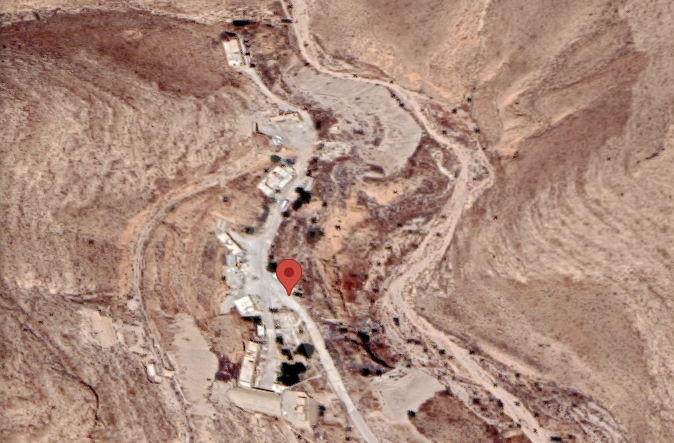
Syria's claim that crucial evidence relating to chemical weapons was destroyed by Israeli airstrikes has been greeted with widespread scepticism: it sounds too convenient to be true.
In a diplomatic note to the Organisation for the Prohibition of Chemical Weapons (OPCW), Syria announced that an underground site known as al-Nasiriyah1 had been "flagrantly" attacked by Israeli missiles at 23:40 on 8 June.
The effect of this, if confirmed, would be to obstruct two ongoing investigations by the OPCW. One concerns the declaration of chemical weapons and related equipment made by Syria in 2013 when it joined the Chemical Weapons Convention. Eight years on, inspectors are still struggling to reconcile Syria's declaration with the known facts. There are, in the official phrase, "gaps, inconsistencies and discrepancies".
The former chemical weapons production facility at Nasiriyah is one of the discrepancies. Syria declared it to OPCW inspectors but claimed it had never been used, though the OPCW has since found evidence that suggests otherwise.
The second investigation concerns an alleged chlorine attack in Douma in 2018 – for which the OPCW’s Investigation and Identification Team (IIT) is currently trying to determine who was responsible. According to Syria, two gas cylinders implicated in that were "lost" in the Nasiriyah attack.
The OPCW had been seeking to transport the cylinders to its headquarters in the Hague for forensic examination but the Syrian authorities were refusing to allow them out of the country. As a result of that stand-off the cylinders had been placed in sealed containers and the Syrians were told not to tamper with them or move them without written consent from the OPCW.
According to the OPCW the cylinders were being stored at a location 60km from Nasiriyah, so it appears that they had been moved without authorisation – in which case Syria has some explaining to do.
It took the Syrians a month to notify the OPCW of the alleged attack and their note implies they delayed the announcement until officials had finished "taking stock of the losses".
The note gave no details about the attack itself beyond the date and time when it is said to have occurred. That part of the claim tallies with several news reports published a day later (here, here and here), though none of them mentioned the exact locations of the strikes.
The Nasiriyah site lies about 60km north-east of Damascus (coordinates: 33.89681,36.75198) and satellite images posted online appear to show some damage occurred there between 6 and 9 June. However, the images are of low resolution, making it difficult to assess the damage. (A slightly larger image is here.)
Based on the little that is known about the incident, an Israeli strike can't be ruled out but there could be some other explanation. It's also unclear what reason Israel would have for attacking the site – if indeed it did so. Israeli strikes usually target Iranian elements active in Syria. The chemical weapons facility had been sealed on the OPCW's instructions, so in theory nothing should have been going on there that would make Israel want to bomb it.
Israel has so far made no comment.

 RSS Feed
RSS Feed
